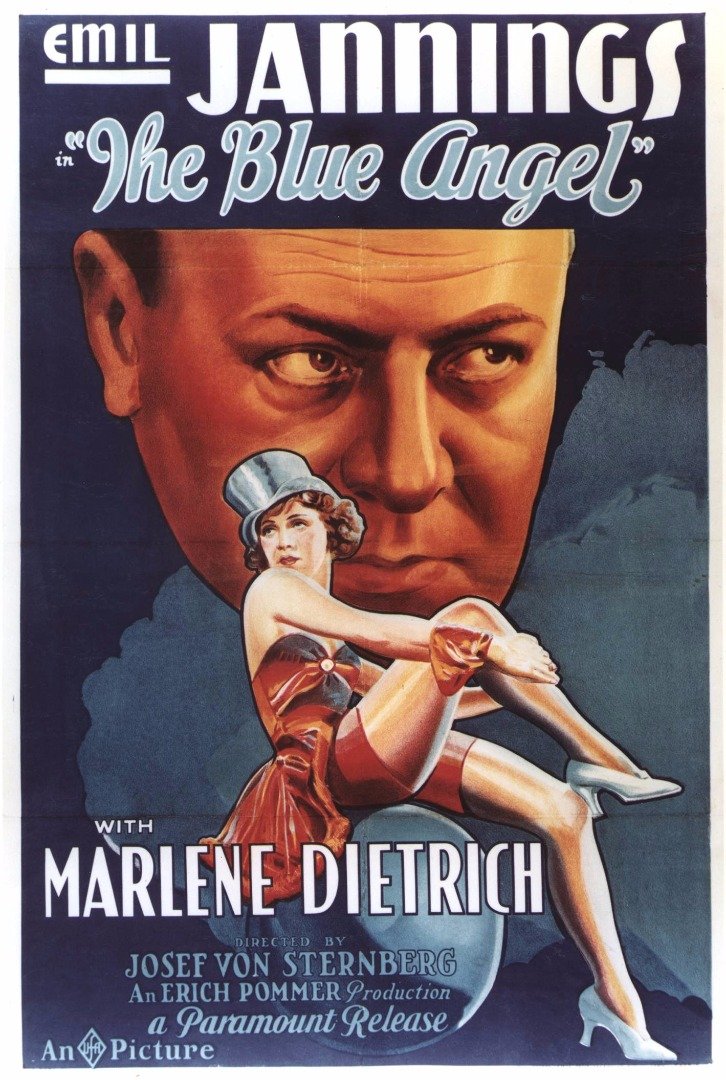
The two films “The Blue Angel” and “Pandora’s Box”, depicted women in a much different light than they have been previously in the 1920’s. The two main female characters in these films were named Lulu and Lola-Lola, both were similar but different at the same time. The way these two women are presented to the audience gave very mixed feelings on the new woman of the 1920’s. This new female personality was known as the flapper. The flapper was not something German society was willing to openly except or adopt from American culture. They felt that the outsider women were not fit for raising children or caring for family’s like the traditional German women was. The so called corruption of the flapper and her influence on other German women was frowned upon in a Germany society, a society that was trying to maintain its moral traditional roots.
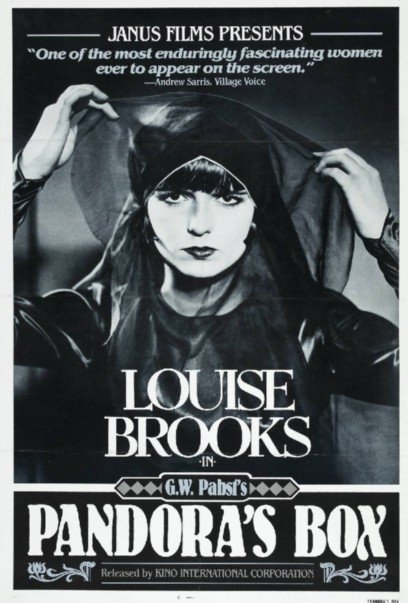
The film Pandora’s Box was directed by Georg Wilhelm Pabst. The films female lead character was named Lulu. Lulu was very different from the traditional German woman. The director portrayed his female lead as a childlike character that was a prostitute by trade, who happened to be used by every man she encountered. Although Lulu lives a promiscuous life and uses her sexuality to persuade the men she encounters to do what she wants, the director was can allow this character to gain sympathy from the audience because of the way she is victim-ized by men throughout the film. In the opening act of the film, Lulu is greeted by an old man who looks like a vagabond but happens to be her pimp. The pimp Schigolch causes a commotion which makes Dr. Ludwig Schön leave the apartment of Lulu. Just as the doctor leaves the pimp goes to the window and signals a man off the street to come upstairs and visit Lulu. The director marks this point in the film as an introduction into Lulu’s lifestyle as the gentleman with the hat goes upstairs as Dr. Schön is leaving symbolizes the revolving door of men Lulu involves herself with throughout the film.
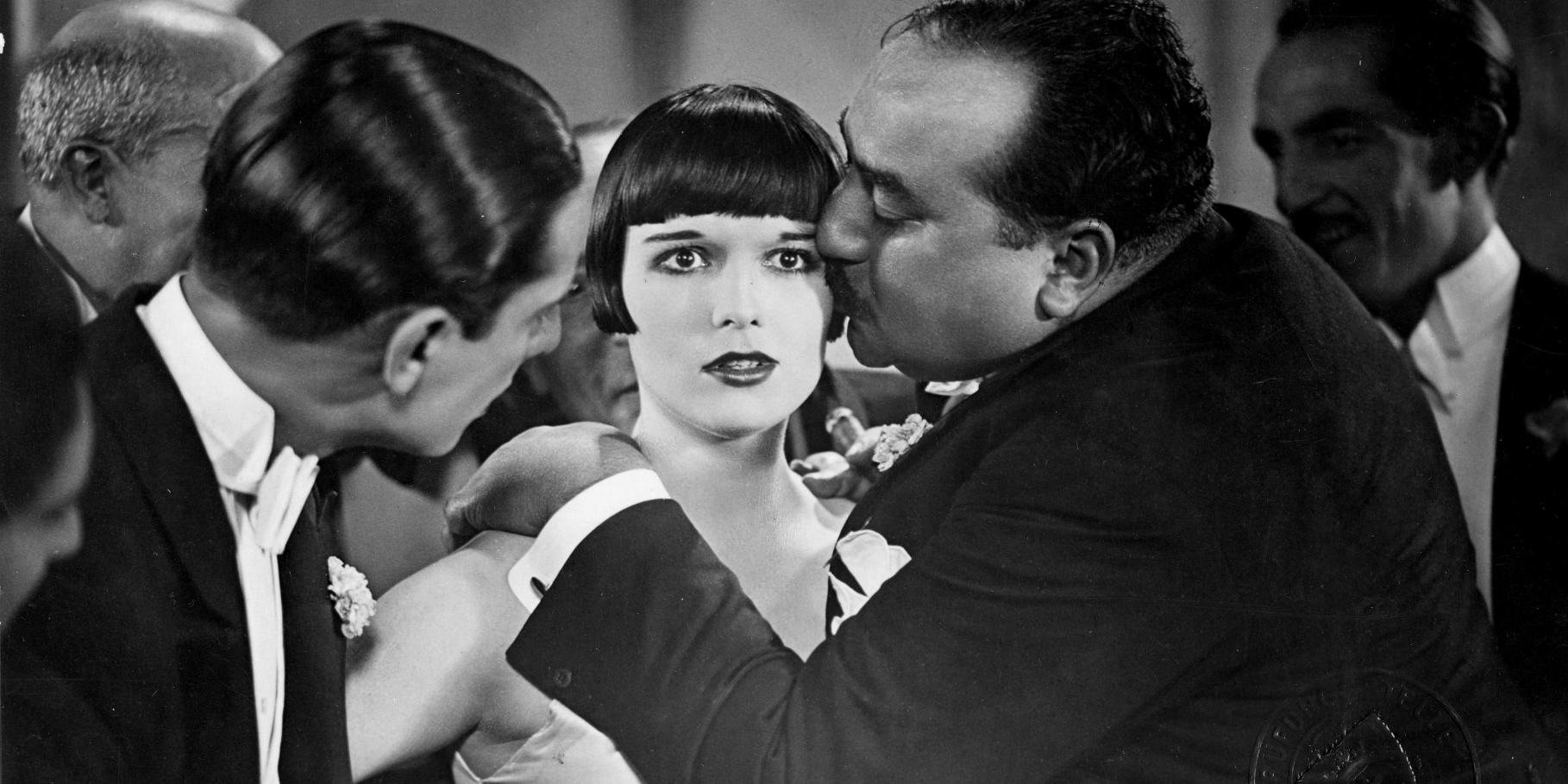
Even though Lulu was betrayed as a promiscuous woman, the director could show that Lulu lived a decent quality of life prior to the men she encountered meddling in her life which caused her to fall into destitute. The director creates a love triangle between Lu-lu, Dr. Schön, and his son Alwa. The use of this love triangle does not depict Lulu as evil or destructive, but her aloof childlike personality, coupled with the fact that Dr. Schön initially cut off his rela-tionship with Lulu negates the warning made by the doctor to his son to avoid her during the scene where he shot himself. The Countess Geschwitz, was the only person who cared about Lulu’s well-being during the murder trial of Dr. Schön, and she was also crafty enough to do something about Lulu situation.
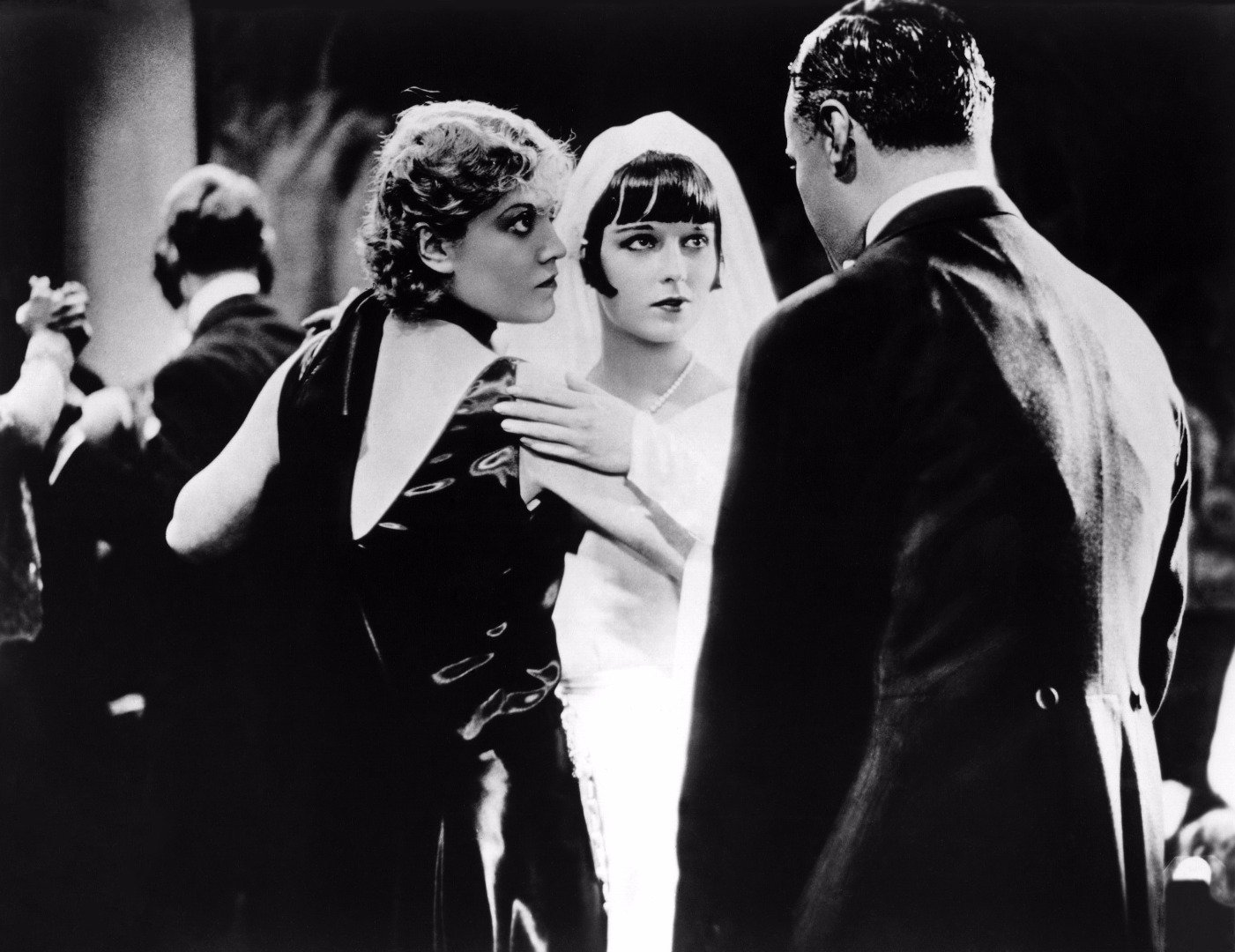
The directors were also able to show that the only person who was genuine concerned for Lulu and could give her security was not a man but a woman, this breaks the societal expectation imposed on a woman which the Countess transcends throughout the film. In the conclusion of the film the director has Lulu seducing a character that represents Jack the Ripper, which leads to Lulu being murdered in the end. This is symbolic because the director seems to have taken the angle that since the prosecutor referred to Lulu as the Greek goddess Pandora, is what ultimately led to her demise which can be blamed on her carefree aloof personality. The underlining story that the director is trying to tell with the murder scene of both the doctor and Lulu is that she did seduce people indirectly, and this leads to their demise whether it be her or someone else, which is also caused indirectly.
The lead character in the film “The blue Angel” who went by the name of Lola, was not the sympathetic character that Lulu was in Pandora’s Box. Unlike Lulu who was with many dif-ferent men throughout Pandora’s Box, Lola’s lone object of affection was the prestigious Prof. Immanuel. Prof. Immanuel was a stark contrast from Lola who is very sensual and liberal in her actions, as where the professor was a very conservative traditional German gentleman. Unlike the aloof flapper that Lulu turned out to be, director Josef von Sternberg allowed his lead female character Lola to be a wicked deceiver who in entraps men like a black widow spider with her sexual prowess, and destroys them in her web of deception.
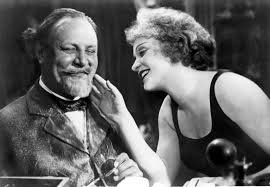
This metaphoric web of deception is visible in the scene where the professor first enters the club is caught by the fishnet. The director shows that the professor is now caught in Lola’s world once the spotlight is put direct-ly on him and Lola sings a song to him. Lola’s world is full of life and love, and she’s a woman that was beautiful and exciting which is what attracted the professor. What the professor was trying to seek from Lola is what was missing in his life, little did he know what he was seeking from Lola led to his demise. The director’s use of the songs in the club was very symbolic in showing the fascination of the promiscuous woman, but leaves undertones of warnings that are found in the song “Falling in love again”, where Lola says “love has always been her game”. In her song, she looked directly at the professor and warned him love is not what she wants, and she cannot help what is the outcome of falling in love with her, nor does she care.
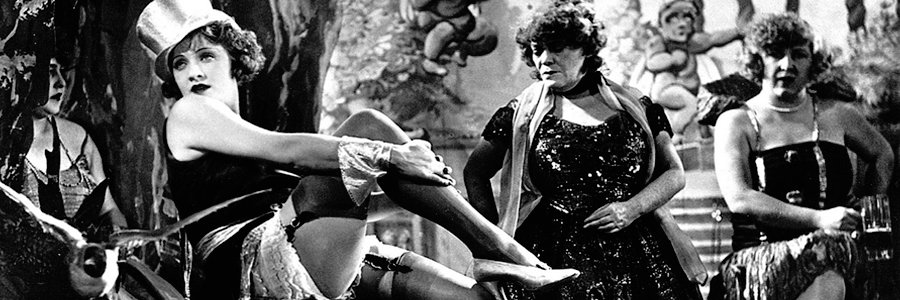
Writers of the Weimar Republic during this time period of these two films many of them were weary of the transition that women are making to get away from the strict traditional ideals of German culture. Many of these writers felt that women were becoming more open with their sexuality because they have “shattered the Bell jar in which they were vegetating” because they were restricted by traditional ideals of separate spheres where women were segre-gated from experiencing life as men do. [Polgar, p. 40] This fear of women being open about their sexuality left traditionalists with the feeling that the German woman was losing their way and restrictions had to be made on “sexual freedom of individuals” and women need to adopt sexual discipline as they did in the past. [Ujhely, p. 47] Both the women of these films exhibit both these qualities of breaking the chains of societal gender norms for women and being open about their sexual feelings and desires which the traditional German man feared and hated as they did not understand why women were seeking sexuality liberation. These writers with the traditionalist mindset feel that if the young German women will succumb to their sexual feel-ings then they will fall to prostitution and will have no other function in society but to involve themselves in “merchandising of their physical charms” to make a living for themselves. [Wehrling, p. 53]
The directors of both these films both allow their female lead characters to accentuate their sexuality and be open about their feelings, but also misleading men on with lust. In con-trast Lulu was not as cold as Lola, although she warned the professor, she had no qualms about destroying his life and being aware of what the outcome would be. In Pandora’s Box, the wom-en were depicted as a rebel against traditional norms for females, but the director was able to gain sympathy from the audience for the treatment of Lulu and how men took advantage of her throughout the film. However, in blue Angel, Lola was a deceiver that presented love and the bright lights of show business, but ultimately she destroyed the life of the professor and was wicked in doing so. On one hand, the film Pandora’s Box is open to the idea of this evolution of the female’s role but weary of its consequences, while the blue Angel depicts this new version of the German woman as a deceitful wicked woman that must be avoided at all costs.
For more posted such as this follow me!
